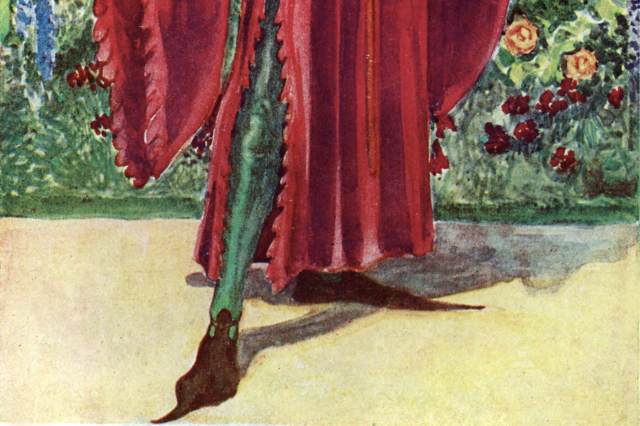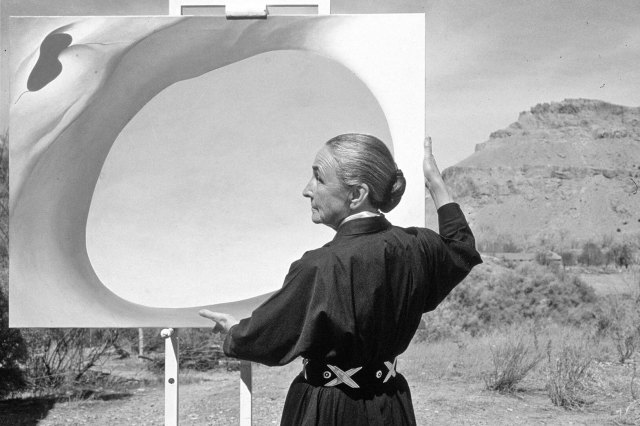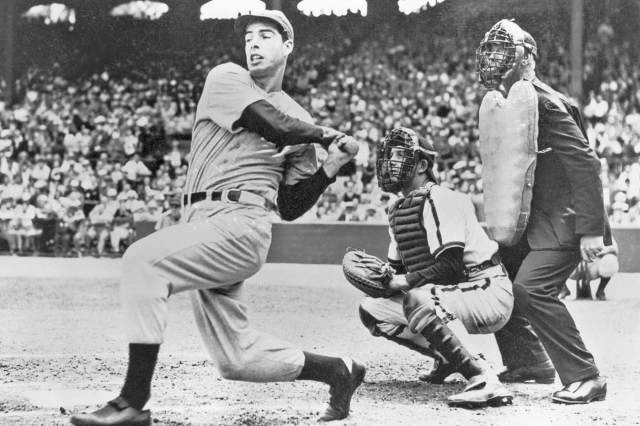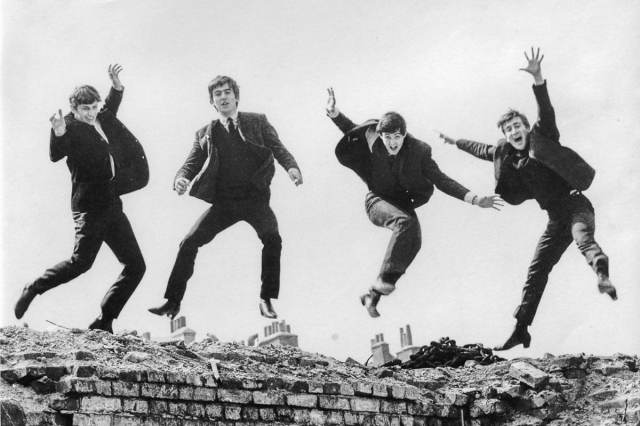A Walk Through the History of Shoes
Footwear is so integral to the human experience, it’s hard to imagine a time in history when it didn’t exist. To be without shoes in modern life would pose a significant problem — can you imagine leaving your home and walking even a single city block barefoot? The degree to which footwear is essential for enhanced mobility means that it arguably could even be considered our first vehicle. Whether you’re a bona fide shoe-lover or someone who takes footwear for granted, it’s worth thinking about the lineage of these things we put on our feet to carry ourselves through the world. Let’s go on a quick walkabout to explore the history of footwear.

First Steps
How far back in human history do shoes go? Anthropologists estimate that humans first began wearing some form of sturdy foot covering at least 40,000 years ago, based on changes in toe bones. The oldest surviving pair of shoes is what’s referred to as the Fort Rock sandals, woven sagebrush bark sandals made by Indigenous people in what’s now southeast Oregon and northern Nevada about 10,200 to 9,300 years ago (according to radiocarbon dating). Similar variants of these sandals were made by the Klamath Tribes up until the 20th century.
As for fully enclosed shoes, archaeologists made a surprising discovery during a 2010 dig in an Armenian cave: well-preserved shoes made from tanned cowhide that date back 5,500 years. In other words, the world’s oldest leather shoes. Aside from being made of a familiar modern material, the shoes were also laced along a center seam. Renowned designer Manolo Blahnik commented, “It is astonishing how much this shoe resembles a modern shoe!”

From Sandals to Pointed Toes
Throughout antiquity, footwear refinements were made as new materials were harvested and traded. Sandals that adorned the feet of Egyptian royalty were sleek and look strikingly like flip-flop prequels, as do Japanese geta. Quilted hemp sandals emerged from China and traveled the Silk Road. Roman sandals were made lighter with cork soles and may have been the first footwear built in accordance with the shape of the foot and toes, as well as the first that differentiated between right and left.
By the year 1305, King Edward I’s decree that an inch should equate to three dried barleycorns became the basis for English shoe sizing. That reference standard soon became relevant beyond the size of the whole shoe, as a fashion craze for shoes with exaggeratedly long points gripped 14th-century Europe. Known as poulaines, or crakows, the shoes were a status symbol in the truest sense; the impracticality of the design and its prevention of the wearer engaging in any kind of labor was the, well, point. The longer the poulaine, the more prosperity the shoe conveyed. Perhaps not surprisingly, poulaines also came to be considered racy, and clergymen disdained them as “claws of devils.” By 1463, English King Edward IV passed a sumptuary law limiting toe length to 2 inches (or, six dried barleycorns). This law, combined with the changing tides of fashion, caused late-15th-century shoe style preferences to veer toward a wide-toe shoe (and yes, eventually the width of the shoe was restricted, too). But even as shoe designs changed, a link between footwear and status remained.

















